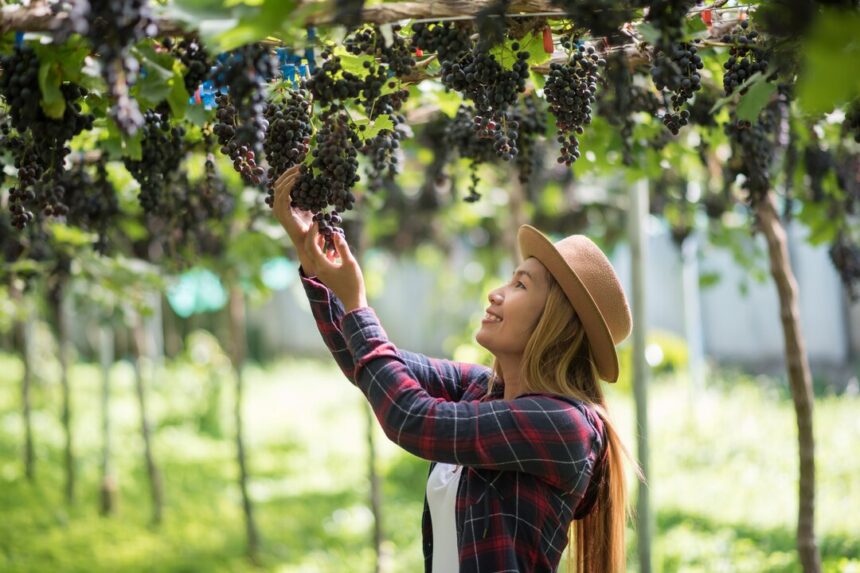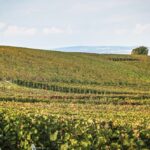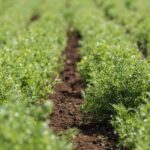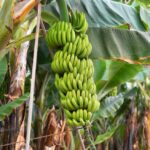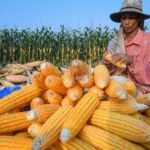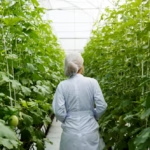South Africa’s diverse climate and fertile soils make it an ideal region for grape cultivation, with the country being one of the world’s leading exporters of premium-quality grapes. From the luscious sweetness of table grapes to the complexity of wines produced from vineyards across the Western Cape, South African grape growers are committed to continuously improving the quality and yield of their crops. To achieve this goal and maintain competitiveness in the global market, implementing techniques for enhancing grape quality and yield is essential. Here are some strategies to optimize growth and unlock the full potential of grape cultivation in South Africa:
1. Site Selection and Vineyard Management:
- Selecting the right site for grape cultivation is crucial for maximizing yield and quality. Choose well-drained soils with good water-holding capacity and optimal sun exposure to promote healthy vine growth and fruit development. Implement proper vineyard management practices, including trellising, pruning, and canopy management, to optimize light penetration, airflow, and grape ripening.
2. Soil Health and Nutrition:
- Maintain soil health and fertility through regular soil testing and analysis to ensure adequate nutrient levels and pH balance. Amend soils as needed with organic matter, compost, and balanced fertilizers to provide essential nutrients for vine growth, fruit development, and disease resistance.
3. Irrigation Management:
- Efficient irrigation management is essential for regulating water availability and optimizing grape quality and yield. Implement drip irrigation or micro-sprinkler systems to deliver water directly to the root zone while minimizing water wastage and runoff. Monitor soil moisture levels and adjust irrigation schedules based on vine water requirements and weather conditions.
4. Canopy and Fruit Zone Management:
- Proper canopy and fruit zone management are critical for optimizing grape quality, flavor, and ripeness. Prune vines to maintain a balanced canopy and reduce shading, allowing sunlight to reach the fruiting zone for uniform ripening and sugar accumulation. Thin clusters and remove excess foliage to improve airflow and reduce disease pressure.
5. Pest and Disease Management:
- Vigilant pest and disease management practices are essential for protecting grapevines from damaging insects, pathogens, and pests. Implement integrated pest management (IPM) strategies, including cultural practices, biological control, and targeted pesticide applications, to minimize pest pressure and maintain vine health.
6. Crop Load Management:
- Manage crop load by thinning excess grape clusters to optimize fruit quality, size, and ripening. Thinning promotes even ripening and reduces competition among clusters, resulting in higher sugar content, better flavor development, and improved overall quality.
7. Sunlight Exposure and Canopy Positioning:
- Position grape canopies to maximize sunlight exposure and airflow, ensuring optimal photosynthesis and fruit development. Train vines to follow the natural slope of the land and orient rows to minimize shading and maximize sun exposure during critical growth stages.
8. Harvest Timing and Fruit Maturity:
- Time harvests to coincide with optimal fruit maturity and sugar content, as indicated by grape sugar levels (°Brix), pH, and acidity. Monitor grape ripeness regularly and harvest grapes at the peak of flavor and aroma development to maximize quality and marketability.
9. Variety Selection and Rootstock Compatibility:
- Choose grape varieties and rootstocks suited to local growing conditions, climate, and market preferences. Select disease-resistant varieties and rootstocks to minimize pest and disease pressure and ensure long-term vineyard sustainability.
10. Post-Harvest Handling and Storage:
- Handle harvested grapes with care to minimize damage and bruising, and promptly cool grapes to the optimal storage temperature to maintain freshness and quality. Implement proper post-harvest handling practices, including sorting, grading, and packaging, to preserve grape quality and extend shelf life.
By implementing these techniques for enhancing grape quality and yield in South Africa, grape growers can unlock the full potential of their vineyards and produce grapes of exceptional quality for local and international markets. With a commitment to sustainability, innovation, and excellence, the future of the South African grape industry shines bright, promising continued success and prosperity for growers and consumers alike.


